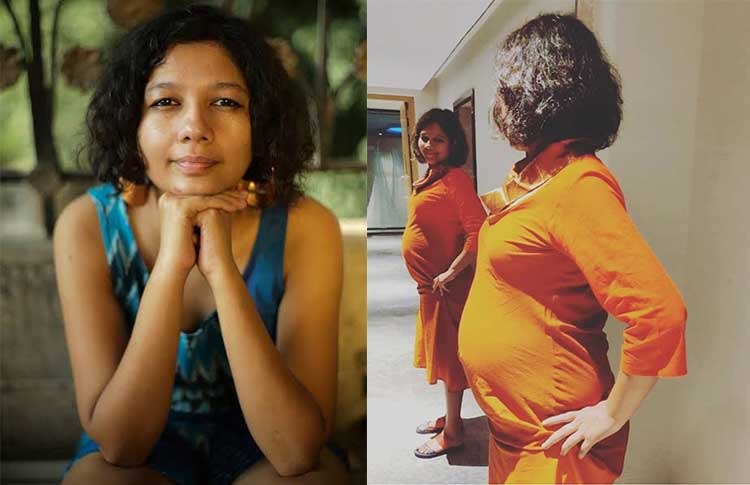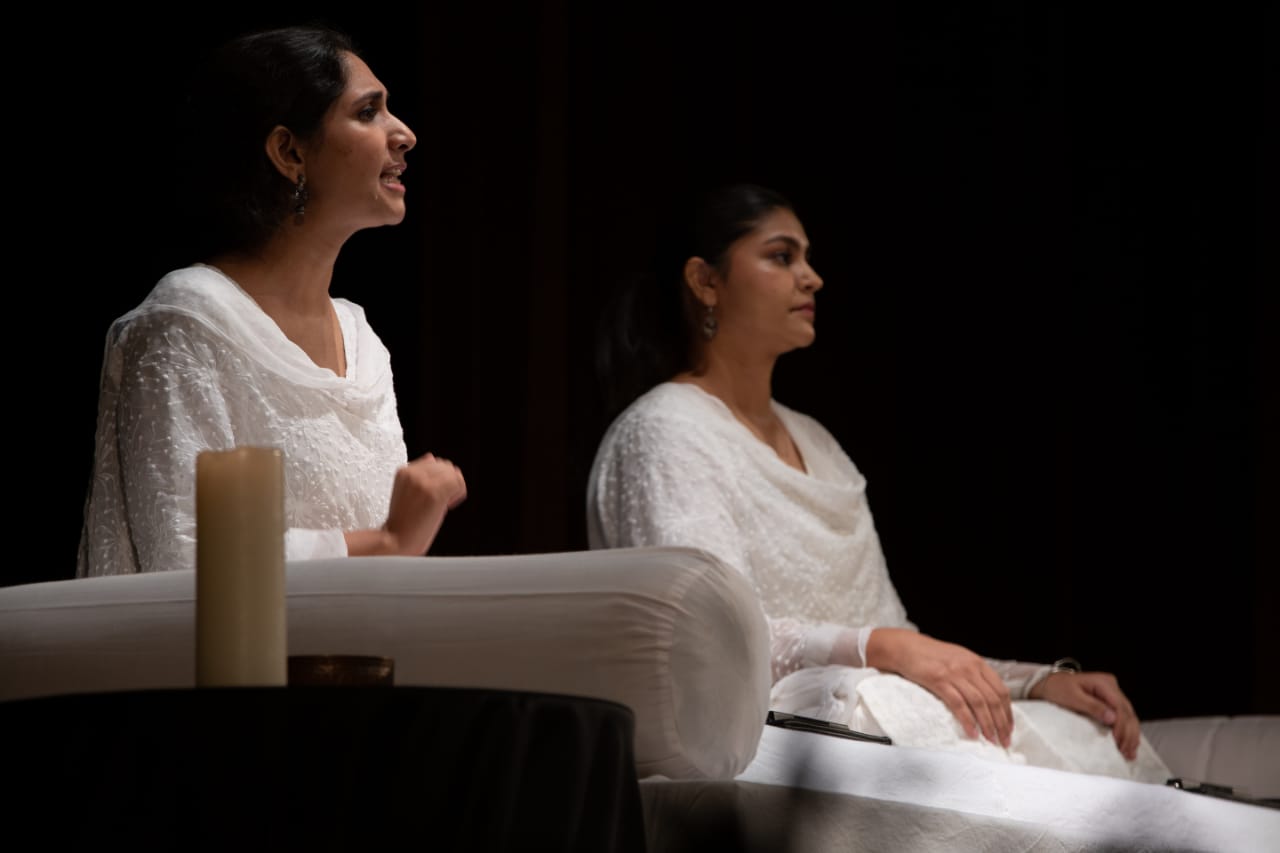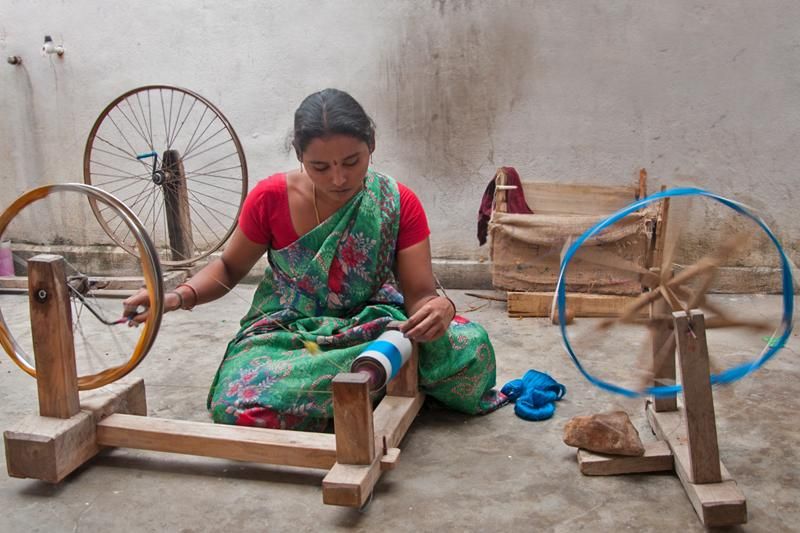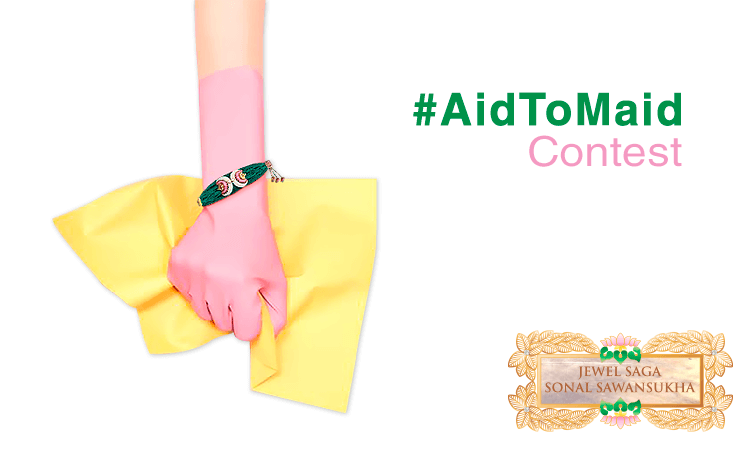India’s Maternal Mortality Ratio Has Declined To 130, A 22% Reduction Since 2013
- IWB Post
- June 7, 2018

Maternal death is the death of a woman while being pregnant or within 42 days of termination of pregnancy, irrespective of the duration and site of the pregnancy. The maternal mortality ratio (MMR) provides a measure of the quality of safe deliveries and maternal care.
India is at no. 129 among 184 nations on maternal mortality and at no. 145 out of 193 nations on infant mortality, according to the World Bank.
For years, India’s healthcare services haven’t been able to save the lives of countless pregnant women. Thanks to the ever-improving medical aids provided to the rural parts of the country, this year, we’ve registered a significant improvement. The maternal deaths have reduced from 167 in 2011-13 to 130 (per 100,000 live births) in 2014-16 with Kerala on the top.
According to the recent data released by the registrar general of India, the decline in the death rate has been most significant in the “empowered action group (EAG)” states like Bihar, Chhattisgarh, Jharkhand, Madhya Pradesh, Odisha, Rajasthan, Uttarakhand and Uttar Pradesh.
Talking about the Southern states, the decline is from 93 to 77. Assam still recorded the highest maternal death ratio at 237, though down from 300 in 2011-13. Similarly, UP and Uttarakhand registered an MMR of 201, down from 285 in the last three years.
A senior health ministry official told TOI, “After the launch of the National Rural Health Mission in 2005, significant improvements have taken place in building the health infrastructure in the country.”
Do you know about the other significant schemes by the Indian govt. that ensure sound health of the new mother and the infant? The Janani Suraksha Yojna, or the maternity benefit scheme, is an Indian Government scheme proposed by the Government of India on 12 April 2005. It aims to decrease the neonatal and maternal deaths happening in the country by promoting institutional delivery of babies. This is a safe motherhood intervention under the National Rural Health Mission (NRHM). Apart from this, we have got the Rashtriya Kishor Swasthya Karyakram which was launched by the Ministry of Health & Family Welfare. It’s a health programme for adolescents, in the age group of 10-19 years, which would target their nutrition, reproductive health, and substance abuse, among other issues. Lastly, we’ve Partnerships and Opportunities to Strengthen and Harmonise Actions for Nutrition (POSHAN) that aims at community-based management of malnourished children.
h/t: The Times of India
- 0
- 0












